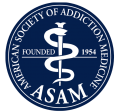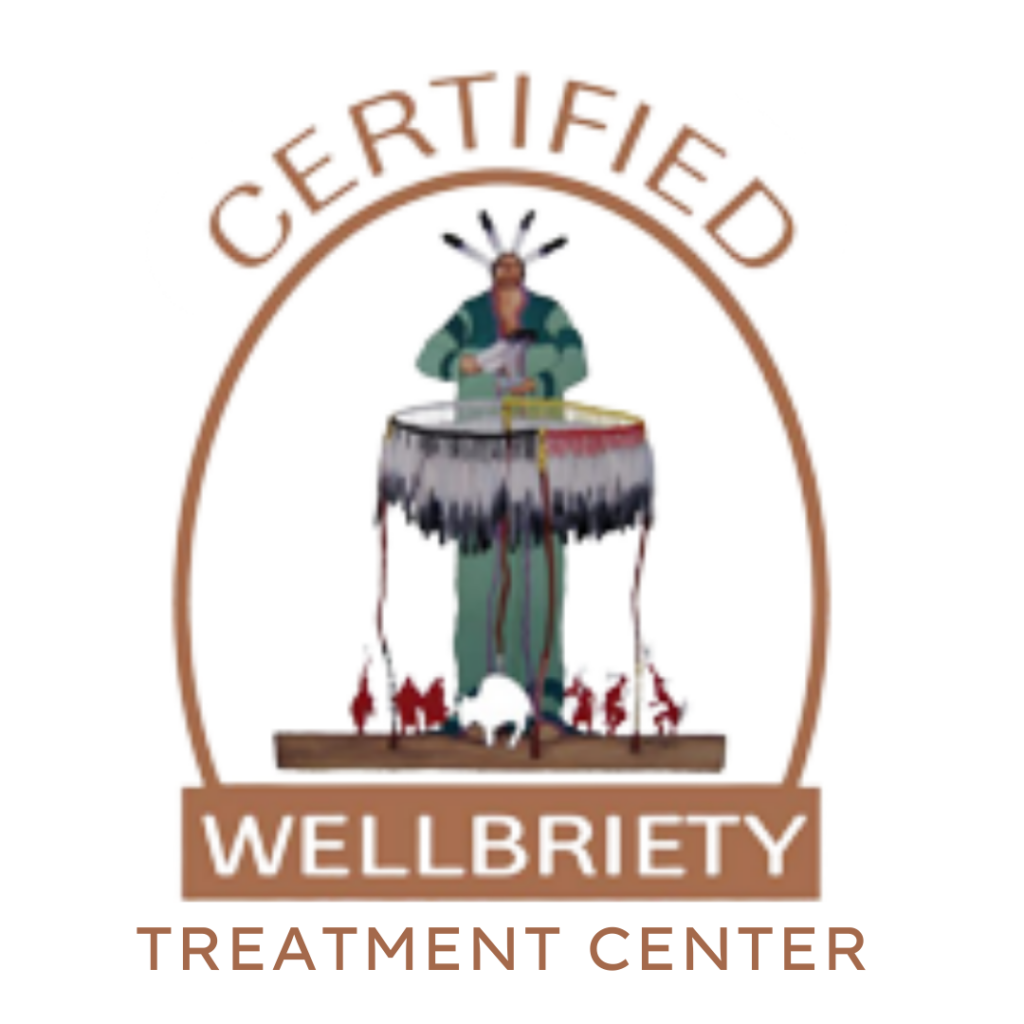Meth was once known as “America’s Most Dangerous Drug,” but since the 2005 government crackdown, methamphetamine use has dramatically declined in the U.S. Now, with the opioid crisis devastating the country, non-opioid drugs like meth and cocaine are flying under the radar a bit— except in instances where drug overdose involves both an opioid and another class of drug, such as a stimulant.
According to preliminary data released by the Centers for Disease Control and Prevention (CDC), of the drugs involved in U.S. overdose deaths in 2017, meth is responsible for just 10,721, the single smallest number after methadone. However, this number is about double 2015’s death toll, and between 2008 and 2016, meth-related overdose deaths increased over 450 percent; as the average price of meth is falling and potency rises, the drug is becoming both more affordable and more deadly.
Why is methamphetamine “the slow killer”?
Like cocaine, meth is a highly addictive, habit-forming illicit drug that re-wires the brain to create tolerance and dependence. Meth may lead to any of the following, with prolonged use:
- Severe tooth decay/oral health issues. “Meth mouth” is the term used for the irreversible damage the drug can do to teeth and gums.
- Extreme weight loss. Meth can derail appetite and lead to malnourishment.
- Insomnia. Because meth is a stimulant, successive, unceasing use (“running”) can interfere with sleep.
- Psychosis. People who use meth will exhibit odd behaviors, like compulsive scratching, and act in odd ways.
- Death. Heart attack and stroke are commonly associated with meth use.
Why might meth be coming back around?
After the 2005 governmental crackdown, when most domestic meth labs were shut down, meth production shifted its focal point to Mexico. As of this year, U.S. border patrol agents are seizing 10 to 20 times the amount of meth they were a decade ago. In the last five years, methamphetamine seized has tripled, as compared with a decline or modest increases in the seizures of other drugs. In 2015, nearly 6,000 people died from stimulant— mostly meth— overdose (CDC).
Methamphetamine never left America, though; production simply became concentrated elsewhere as regulations were enforced, such as the limiting of over-the-counter sales of pseudoephedrine-containing cough medicines. Many of today’s meth users are crack or heroin users looking for a cheap, strong drug. With the “new” meth at nearly 100 percent purity and just several dollars for a hit, it is both accessible and appealing to users of other drugs who are used to a certain quality at a certain price.
Meth has historically been concentrated more on the west coast of the U.S., perhaps because of the proximity of the California/Mexico border, but drug cartels are beginning to pursue east coast markets, according to one report released last year by the Drug Enforcement Agency.
To avoid a crisis of proportion like that of the opioid epidemic, policymakers, health care providers, public health organizations, and communities must come together to spread awareness of the issue and break down stigmas. Expanded treatment options and education, as well as access to needed addiction treatment resources, is a necessary step in creating change and reducing the human and economic costs of drug overdose, not just meth-related deaths and issues.
Help with meth addiction
If you or a loved one has a meth use disorder, or any substance use disorder, we hope you’ll contact us and begin your recovery journey. Royal Life Centers at the Haven is a full-service drug and alcohol medical detox center located in Lacey, Washington. We treat dependence on meth, as well as alcohol, benzodiazepines, cocaine, and opioids. Please reach out to us at (877)-RECOVERY for help and with any questions you may have about our treatment options.
























